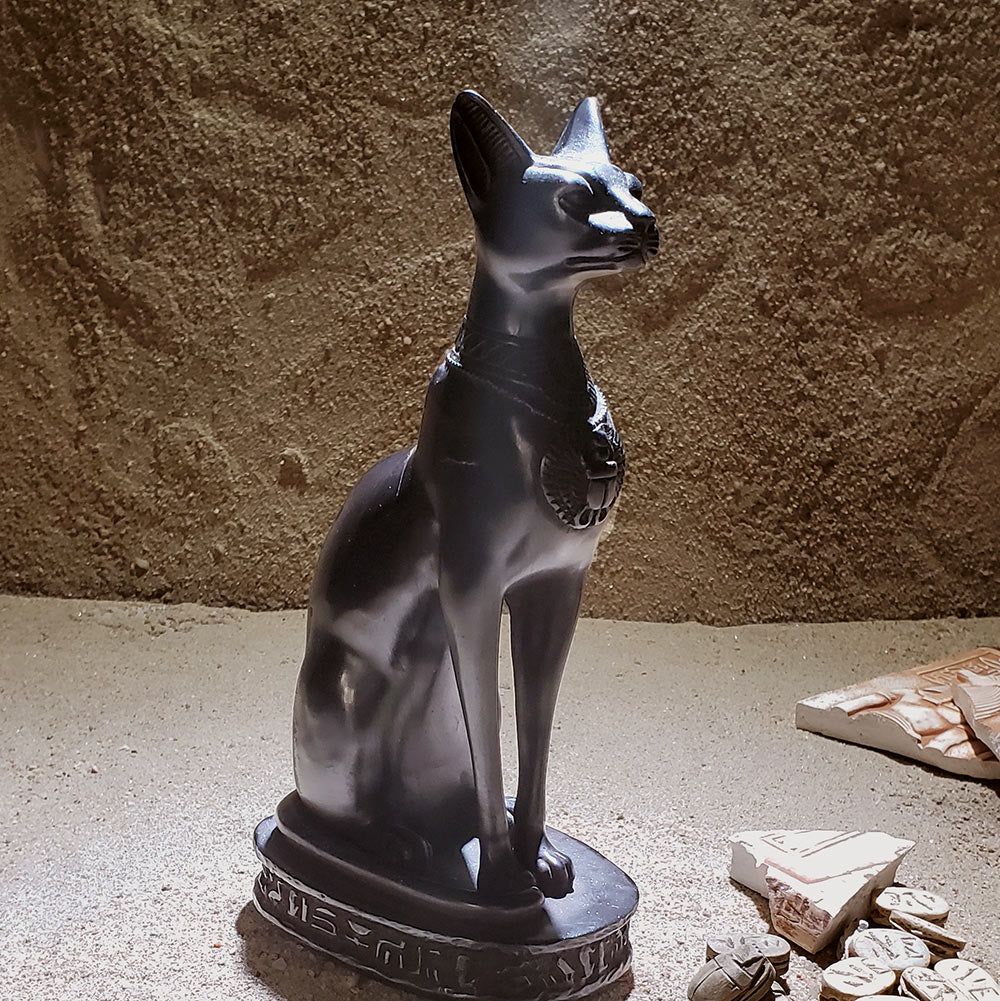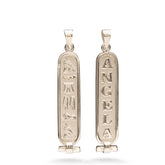The 'Sa' Symbol: Ancient Egypt's Emblem of Protection
Exploring the Tomb of Ramose in Ancient Thebes
Egyptian Ankh: A symbol representing life, immortality, and the divine
The Artistry of Textiles and Scarves from Egypt
Egyptian Artifact: The Significance of the Rosetta Stone
Egyptian Travel: Temple Restoration Follow-Up
EGYPTIAN TRAVEL: TEMPLE RESTORATION















